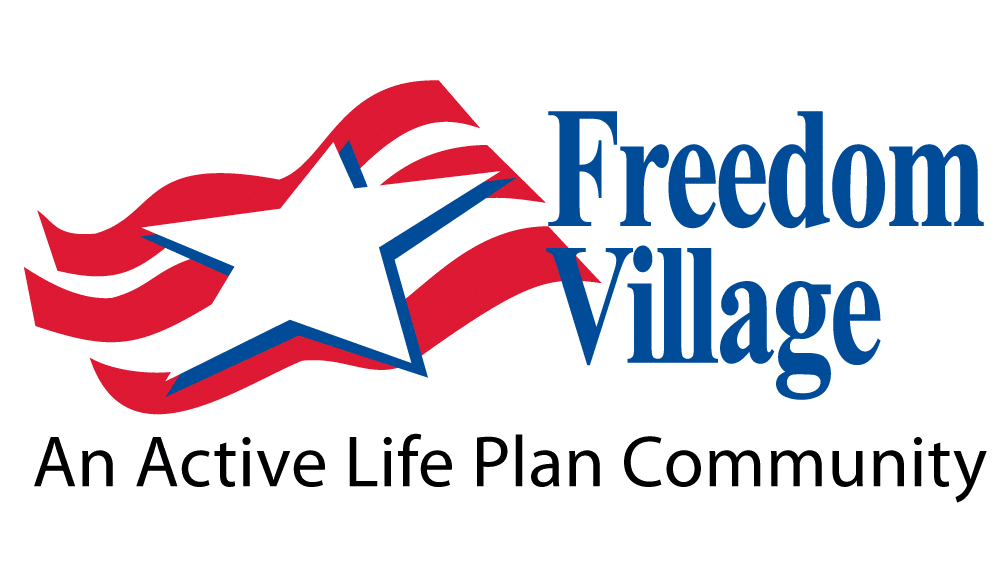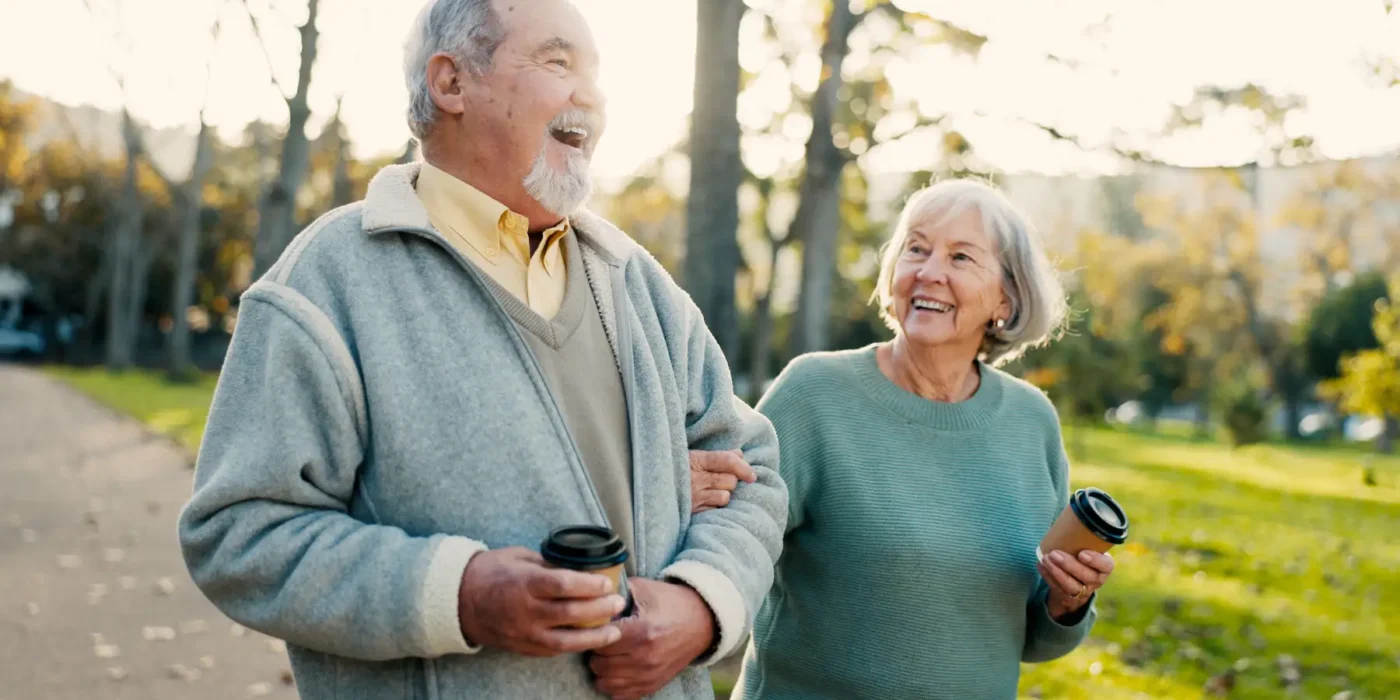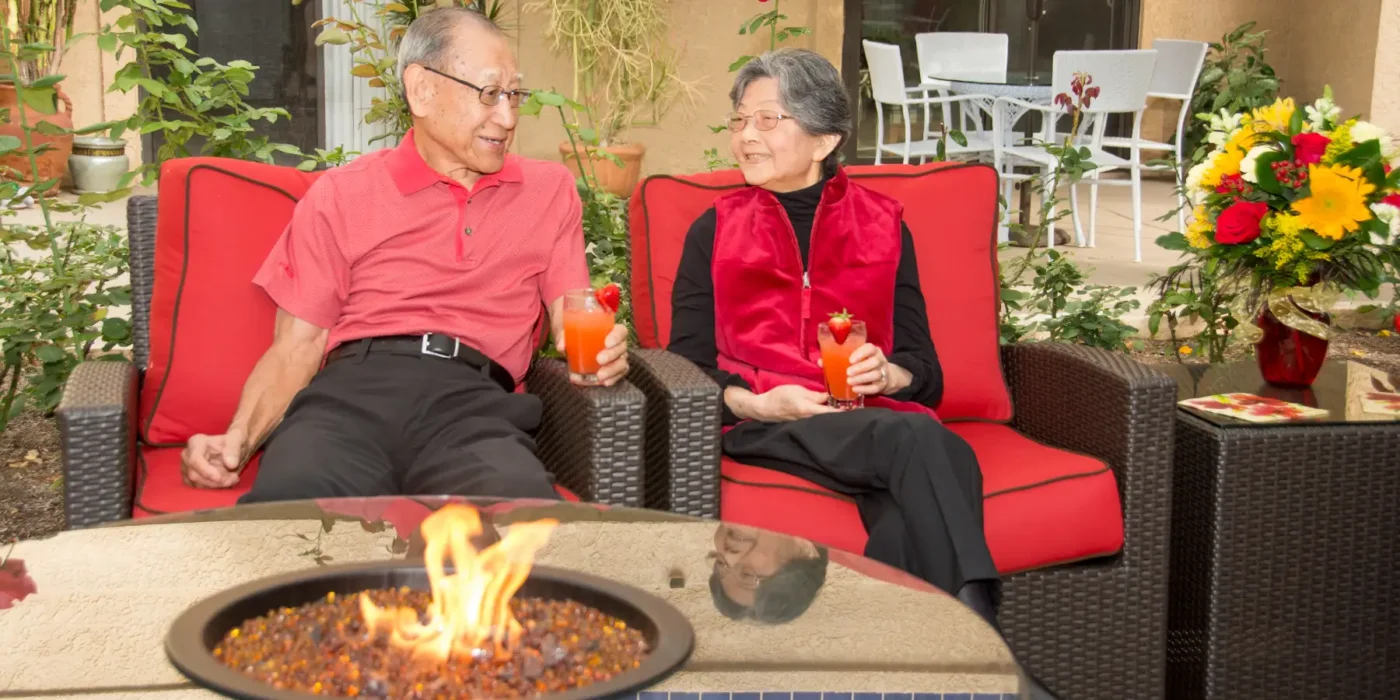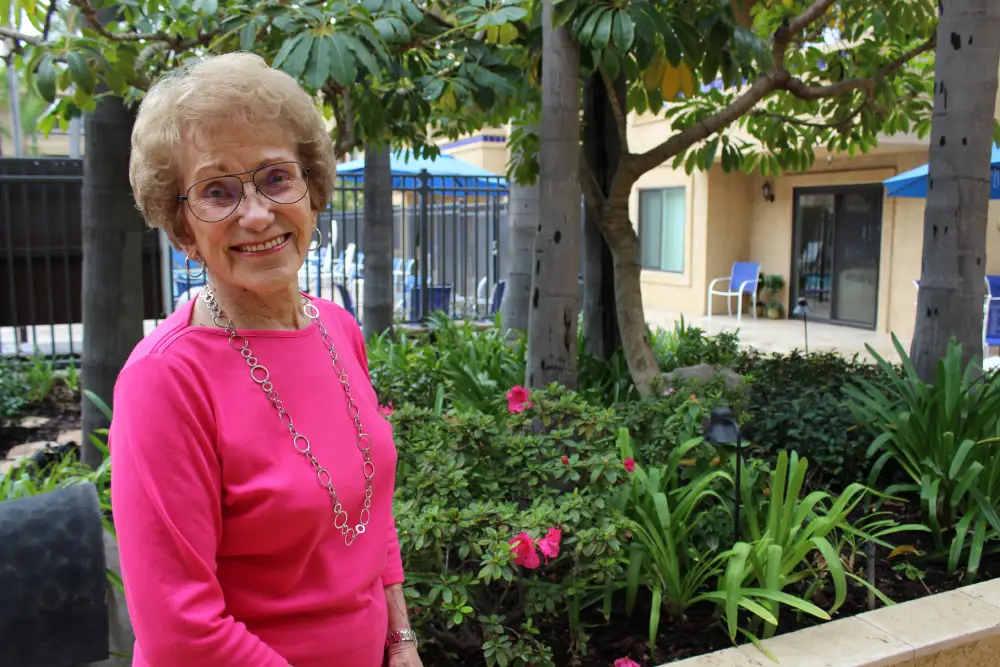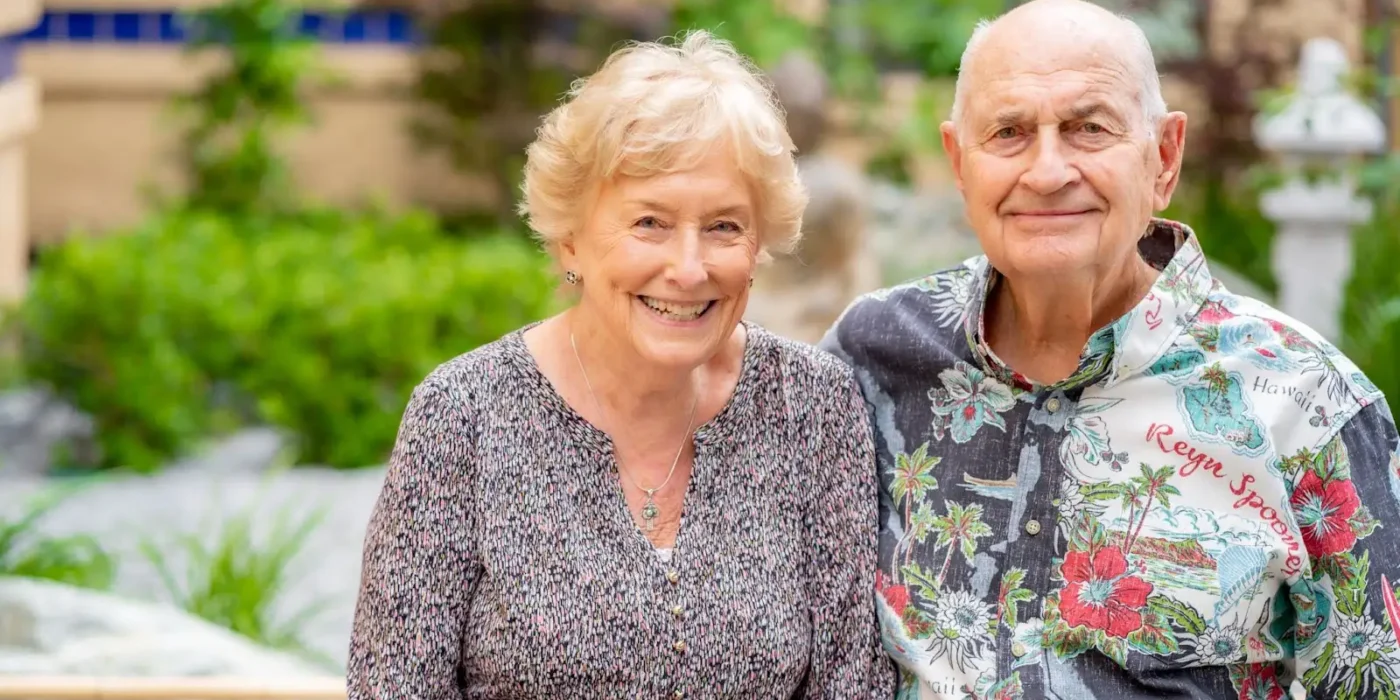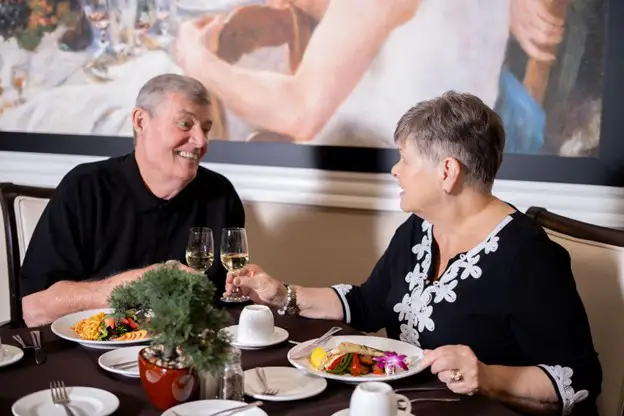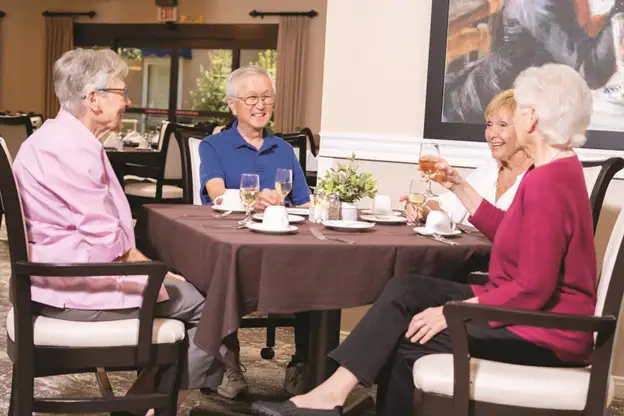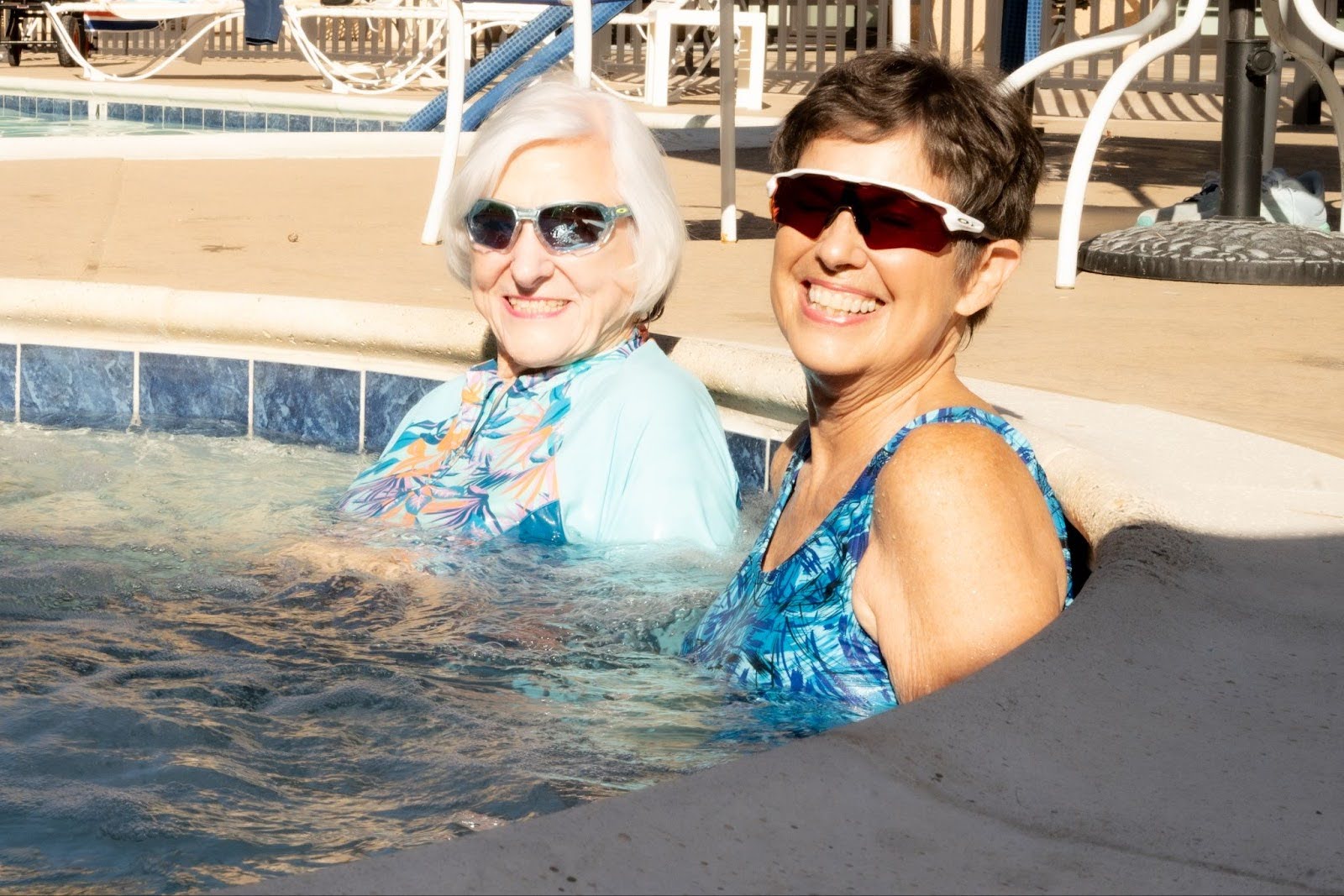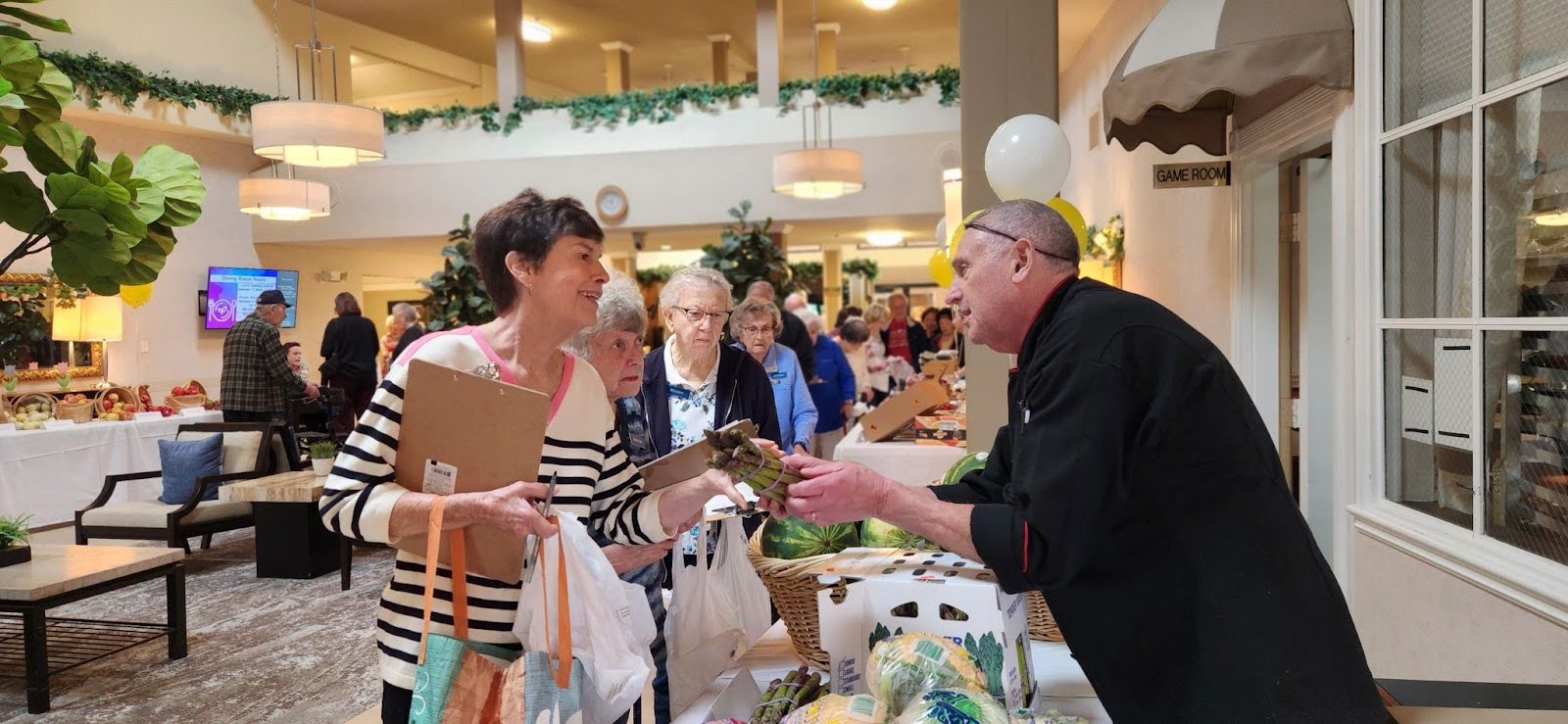Estate Planning for Seniors
When you’re approaching retirement, estate planning becomes not just a prudent choice but a crucial one. It’s a way for seniors to ensure their wishes are carried out efficiently, their assets are protected, and their loved ones are provided for in the future.
Estate planning isn’t just about drafting a will; it encompasses a range of legal and financial decisions aimed at preserving your legacy. In this guide, we’ll explore the key elements of estate planning for seniors and provide actionable tips to navigate this important process.
Key Elements of Estate Planning
The estate planning process encompasses a myriad of essential components, each playing a vital role in shaping the future of your estate and ensuring your wishes are carried out according to your desires.
By understanding and addressing these key elements, you can construct a comprehensive blueprint for your legacy, safeguarding your assets and providing for your loved ones with confidence and clarity.
Wills and Trusts: Ensuring Your Legacy
A will stands as the foundational document of any comprehensive estate plan. It serves as your voice after you’re gone, allowing you to clearly delineate how you wish your assets to be distributed among your beneficiaries.
By meticulously detailing your intentions regarding property, possessions, and financial assets, you provide clarity and guidance to your loved ones.
In essence, wills and trusts complement each other within the estate planning framework, offering a combination of clarity, control, and protection for your legacy.
Health Care Directives and Power of Attorney
While estate planning often focuses on the distribution of assets after death, it’s equally important to consider how your affairs will be managed in the event of incapacity. Health care directives and powers of attorney are important legal documents that address these critical concerns, ensuring that your wishes are respected and your interests are safeguarded during times of vulnerability.
Health care directives, such as living wills and health care proxies, empower you to outline your preferences for medical treatment and end-of-life care. These documents serve as a beacon of clarity amid uncertainty, ensuring that your medical care aligns with your values and beliefs.
Similarly, a power of attorney grants authority to a trusted individual to make financial and legal decisions on your behalf if you become incapacitated. This appointed agent, known as an attorney-in-fact or agent, assumes responsibility for managing your financial affairs, paying bills, and making legal decisions in accordance with your best interests.
By selecting a reliable and competent agent, you can rest assured that your financial matters will be handled with diligence and integrity, even in your absence.
Asset Protection and Long-Term Care
As individuals age, the need to protect assets from potential threats such as creditors, lawsuits, and long-term care expenses becomes increasingly important. Seniors must proactively implement strategies to shield their hard-earned wealth and ensure their financial security in the face of unforeseen challenges.
One crucial aspect of asset protection for seniors involves planning for potential long-term care needs. With the rising costs of health care and Assisted Living communities, long-term care expenses can quickly deplete even the most substantial estates.
To mitigate this risk, seniors may opt to purchase long-term care insurance, which provides coverage for services such as nursing home care, home health aides, and Assisted Living communities.
By transferring the financial burden of long-term care to an insurance provider, seniors can preserve their assets for themselves and their heirs, ensuring that their quality of life remains uncompromised.
Additionally, transferring assets into trusts can offer enhanced protection against creditors and legal claims. By establishing irrevocable trusts, seniors can effectively remove assets from their personal ownership, thereby shielding them from potential lawsuits or creditors seeking repayment.
Trusts can also provide greater control over asset distribution, allowing seniors to specify how and when beneficiaries receive their inheritance while safeguarding assets from external threats.
Moreover, structuring ownership of assets in a strategic manner can help minimize exposure to risks. Seniors may choose to hold assets jointly with a spouse or family member, thereby leveraging the protections afforded by joint tenancy or tenancy by the entirety. By titling assets in this manner, seniors can ensure that ownership rights pass directly to the surviving joint owner.
Avoiding Probate
Probate, the legal process through which an individual’s assets are distributed, can be both time-consuming and costly. For seniors looking to streamline the transfer of wealth to their beneficiaries and avoid unnecessary delays, careful estate planning is essential.
One effective strategy for bypassing probate involves establishing joint ownership of assets with rights of survivorship. By titling assets such as bank accounts, real estate, and investment accounts in joint tenancy or tenancy by the entirety, seniors can ensure that ownership automatically transfers to the surviving joint owner upon their death, bypassing the probate process altogether.
This streamlined approach to asset transfer not only expedites the distribution of assets but also provides added protection against potential challenges or disputes.
Similarly, utilizing beneficiary designations for assets such as retirement accounts, life insurance policies, and payable-on-death accounts can help expedite the transfer of assets outside of probate.
By naming specific beneficiaries to receive these assets upon their death, seniors can ensure that funds are distributed directly to the intended recipients, bypassing the probate process entirely.
Another effective probate avoidance strategy involves the creation of living trusts. By transferring assets into a revocable living trust during their lifetime, seniors retain control over their assets while designating a successor trustee to manage the trust upon their incapacity or death.
Because assets held within a trust are not subject to probate, the transfer of wealth to beneficiaries can occur quickly and efficiently, without the need for court intervention or oversight.

Tax Planning Considerations
Estate taxes pose a significant threat to the preservation of wealth for seniors and their heirs. Without careful planning, a substantial portion of an estate’s value can be eroded by taxes, leaving beneficiaries with less than intended.
To mitigate this risk, seniors must proactively engage in tax planning strategies aimed at minimizing their tax liability and maximizing wealth preservation.
One effective tax planning strategy for seniors involves making strategic gifts of assets during their lifetime. By utilizing the annual gift tax exclusion, seniors can transfer assets to their beneficiaries tax-free, reducing the size of their taxable estate and potentially lowering their overall tax liability.
Additionally, seniors may choose to leverage the lifetime gift tax exemption, which allows for larger gifts to be made without incurring gift tax liability. By strategically gifting assets over time, seniors can gradually reduce the size of their estate while providing financial support to their loved ones.
Furthermore, seniors can take advantage of estate tax exemptions to shield a portion of their assets from taxation. The federal estate tax exemption, which is indexed for inflation, allows individuals to pass a certain amount of assets to their heirs free of estate tax.
By structuring their estate plan to maximize the use of available exemptions, seniors can minimize the tax burden on their estate and preserve more wealth for future generations.
Charitable giving can also play a key role in estate tax planning for seniors. By establishing charitable trusts or making direct donations to qualified charitable organizations, seniors can reduce their taxable estate while supporting causes they are passionate about.
Charitable giving not only provides a meaningful legacy but also offers valuable tax benefits, including income tax deductions and estate tax exemptions.
Inheritance and Family Dynamics
Consideration should be given to how inheritance may impact family dynamics. Open communication with loved ones about your estate plan can help prevent conflicts and ensure everyone understands your intentions.
Additionally, provisions can be included in your estate plan to address specific family circumstances and concerns.
Importance of Reviewing and Updating
Estate planning is not a one-and-done task. Life circumstances, tax laws, and family dynamics can change over time, necessitating updates to your estate plan. Seniors should review their plan regularly and make adjustments as needed to reflect their current wishes and circumstances.
Tips for Effective Estate Planning
While estate planning can seem like a daunting task, these tips can help you get started:
Start Early
It’s never too early to start estate planning, but it can be too late. Procrastination can lead to missed opportunities and unnecessary complications down the road. Start the process as soon as possible to ensure your wishes are documented and legally binding.
Seek Professional Guidance
Estate planning can be complex, especially for seniors with significant assets or unique family situations. Consulting with an elder law attorney, financial advisors, and tax professionals can help ensure you have all your estate planning documents in place.
Create a Comprehensive Plan
Don’t just focus on drafting a will. Consider all aspects of your estate, including health care preferences, asset protection, tax planning, and long-term care needs. A comprehensive estate plan addresses every facet of your legacy and ensures nothing is overlooked.
Communicate With Family
Open and honest communication with your loved ones is essential. Discussing your estate plan with family members can help prevent misunderstandings and conflicts in the future. It also allows you to clarify your intentions and address any concerns upfront.
Regularly Review and Update
Life is constantly changing, and so should your estate plan. Review your plan regularly, especially after major life events such as marriage, divorce, birth of children or grandchildren, or significant changes in assets. Updating your estate plan ensures it remains current and aligned with your wishes.
Stay Informed About Legal Changes
Tax laws and regulations governing estate planning can change over time. Stay informed about updates to ensure your estate plan remains compliant and optimized for tax efficiency. Your financial advisor or estate planning attorney can help you stay abreast of relevant changes.

Retirement at Freedom Village
When envisioning your retirement, finding the perfect community to call home is paramount. Freedom Village offers vibrant senior living in Orange County through a rich tapestry of amenities, services and activities tailored to meet the diverse needs and interests of residents.
As a Life Plan Community, Freedom Village provides a continuum of care, allowing residents to age in place with peace of mind. From Independent Living options to Assisted Living and Skilled Nursing services, our community offers a comprehensive array of lifestyle choices to support every stage of aging gracefully.
At Freedom Village, residents enjoy a dynamic and engaging lifestyle filled with opportunities for recreation, socialization, and personal enrichment. Our state-of-the-art fitness center, swimming pool, and outdoor recreational spaces provide ample opportunities for staying active and healthy. Meanwhile, our vibrant social calendar is brimming with events, classes and outings designed to foster connections and a sense of community among residents.
Transitioning to life at Freedom Village is made seamless and stress-free with the assistance of our moving partner, Helping Hands Relocation. With their expertise in senior relocation services, Helping Hands Relocation takes the hassle out of moving, providing assistance with packing, moving logistics, and settling into your new home at Freedom Village.
When you’re planning your retirement, it’s essential to know where you’ll want to retire – a place that offers comfort, security, and a vibrant community to thrive in. Freedom Village invites you to explore all that our Life Plan Community has to offer. Call us today at (949) 423-6653 or visit us for an upcoming event to learn more about how Freedom Village can be your ideal retirement destination.


